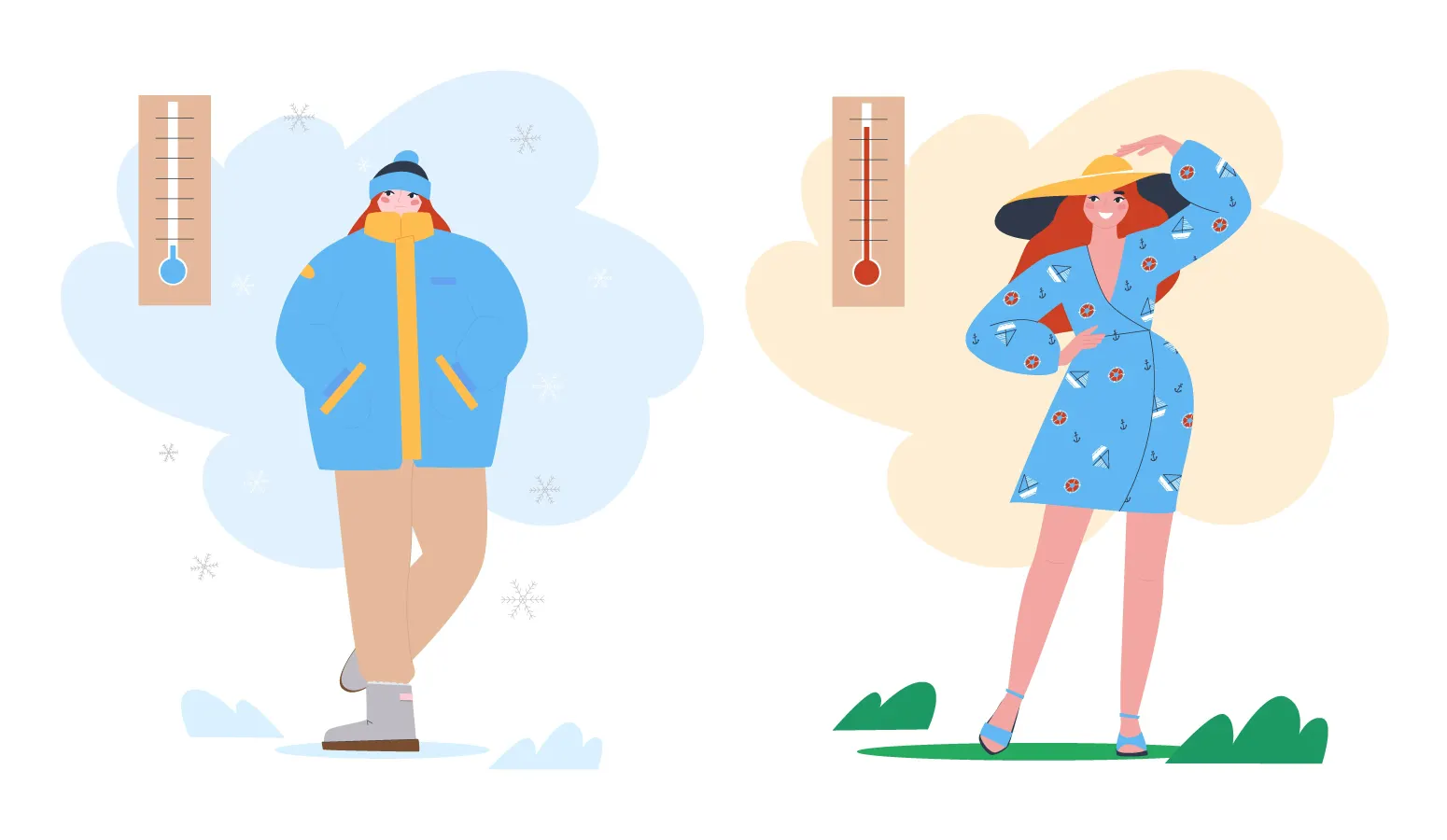Copyright forbes

In NYC, real estate seasonality is not one-size-fits-all. We analyzed more than 15 years of contract activity across Manhattan and Brooklyn, down to the neighborhood, property type, and price tier. Every year in spring, as the days finally get longer and the winter cold fades, open houses start blooming. As the popular narrative goes, spring is the best time to sell. Several months later, after Labor Day, once summer vacations are over and the days get shorter, the process starts again with the fall season. Broadly speaking, that’s true. Across Manhattan and Brooklyn, deal activity tends to rise in the first half of the year, peaking in late spring, then cooling down after Memorial Day as the vacation season kicks in, ramping back up in September once the cool air returns. However, if you’re basing your strategy, whether as a buyer or seller, on the overall market trend, you might be missing your moment. In NYC, real estate seasonality is not one-size-fits-all. It’s not even borough-wide. It’s hyper-local. We analyzed more than 15 years of contract activity across Manhattan and Brooklyn, down to the neighborhood, property type, and price tier. Same Borough, Different Markets: Downtown Condos vs. Co-ops Let’s start with a simple comparison: Co-ops vs. condos in Downtown Manhattan (below 14th Street). While co-op activity overall peaks around May, condos hit their stride much earlier, peaking in March and already fading by late spring. The seasonal curve for Downtown condos is steeper and more front-loaded, perhaps due to Wall Street’s bonus payment calendar, while co-ops see a more gradual run-off and another seasonal bump in the fall. If you were planning to list a Downtown condo in May because spring is usually hot, you’d already be past peak! MORE FOR YOU To visualize seasonality, we normalized the data based on the average number of monthly contracts signed, using a scale of -1 to 1. This approach helps highlight the peak months of seasonal forces as well as the relative depths of slower periods. By centering the scale at 0, we can better compare how different submarkets rise and fall throughout the year, even if their total deal volume differs. Seasonality at Manhattan Condos And Co-Ops Visualized Throughout the Calendar Year. Brooklyn vs. Manhattan: Borough-Wide (Except When It Isn’t) Let’s zoom out. If real estate is seasonal, and it is, shouldn’t Brooklyn be on the same wavelength as Manhattan? Not exactly. Brooklyn and Manhattan, at the overall level, start out similar, with both markets hitting their peaks roughly at the same time, between March and April. But as summer approaches, Brooklyn fades a bit faster, only to rebound in August while Manhattan slumbers. Then in the fall season, Brooklyn pops again, nearly matching the seasonal strength seen in late Spring. This means your optimal buy or sell window could actually shift by months, depending on the borough alone. Seasonality In Manhattan Vs. Brooklyn Borough-Wide Visualized Throughout The Calendar Year. Same City, Same Type, Same Price, Dramatic Difference Let’s look at two of Manhattan’s high-end submarkets: luxury condos Downtown vs. on the Upper East Side (59th to 96th). Same price tier, same property type, same city. But Downtown surges early in the year, with a sharp peak in March and a steep drop after. The same kind of home on the Upper East Side sees a more delayed season, with deal volume climbing steadily into May/June and staying more active through summer. For sellers, this is crucial. If you’re downtown, March means go. If you're on the Upper East Side, May may be better. Conversely, for buyers, this often means that the months with the most choices are also the months with the most competition. Seasonality At Downtown Luxury Condos Vs. Upper East Side Luxury Condos Visualized Throughout The Calendar Year. Hyper-Local Means Hyper-Local For further confirmation that seasonality is hyper-local, let’s take a look at the broader area of Brownstone West in Brooklyn, which is made up of the high-demand neighborhoods of Boerum Hill, Brooklyn Heights, Carroll Gardens, Cobble Hill, Downtown Brooklyn, and Dumbo. A look at how condos and townhouses in this area trade shows drastic differences. Condos peak emphatically early. March is clearly king. Townhouses, on the other hand, are a late bloomer, with their strongest activity from May into July. Note that these two product types tend to serve totally different buyer profiles—larger townhouses satisfying space requirements and condos satisfying amenity and ease-of-ownership requirements—and their timing reflects that. Seasonality At Brownstone West's Condos Vs. Townhouses Visualized Throughout The Calendar Year. What All This Means For sellers Don’t automatically assume listing in spring is the right move. Look at the seasonality curve that targets your property type, neighborhood, and price point. You could be targeting March or July, depending on the factors explained above and more. Timing your search to coincide with broad market cycles may cause you to miss opportunities or run into intense competition. Try to match your timing to the actual seasonal cycle for your target property. For buyers and sellers, the questions you need to answer are: What’s the seasonal curve for this neighborhood? Does it shift by property type or price point? When do similar listings typically get the most action? You might be surprised by what you find. But the more local insight you have, the more precisely you can time your move, and in NYC real estate, knowing is half the battle! Editorial StandardsReprints & Permissions



